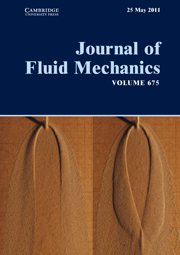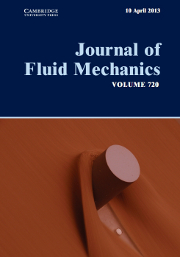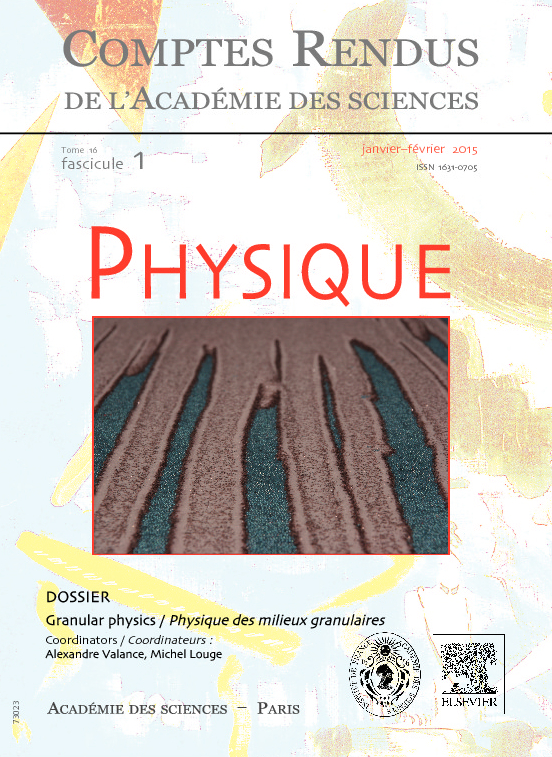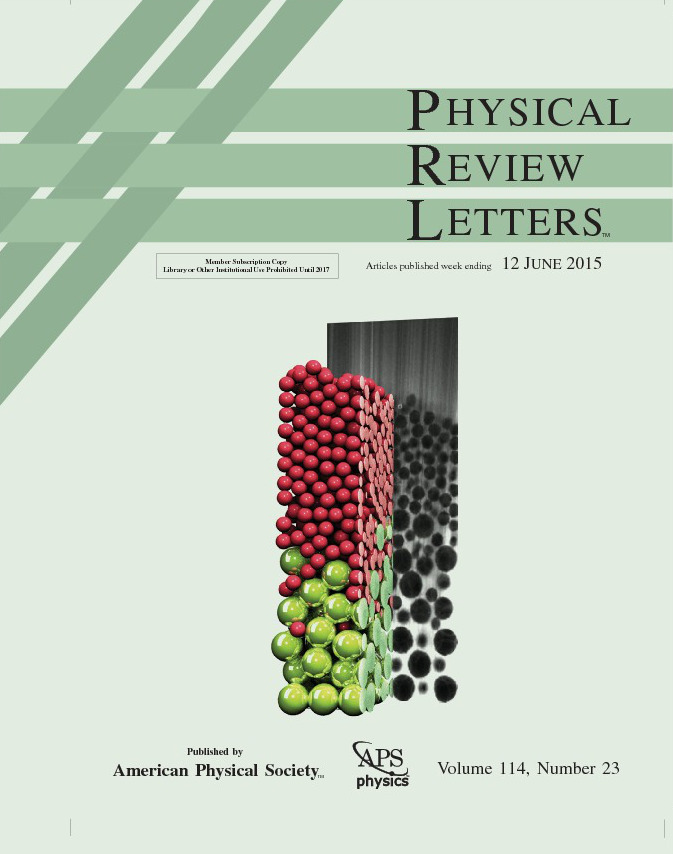The Manchester Centre for Nonlinear Dynamics is comprised of researchers from the Department of Mathematics and the Department of Physics and Astronomy at the University of Manchester. Research within the group is based upon the application of a combined approach of theoretical modelling, computation and detailed quantitative experimental investigations of nonlinear phenomena.
Latest News: Work at the MCND on the curling of ribbons has been featured in a BBC News article. For more details see Anne Juel's site or our paper in PNAS.
Features

A granular flow around an obstacle, and the shape of the static deposit it leaves behind, are sensitive to details of the granular friction. In particular, frictional hysteresis is a crucial part of the physics at the interface between flowing and static grains. Read more...










